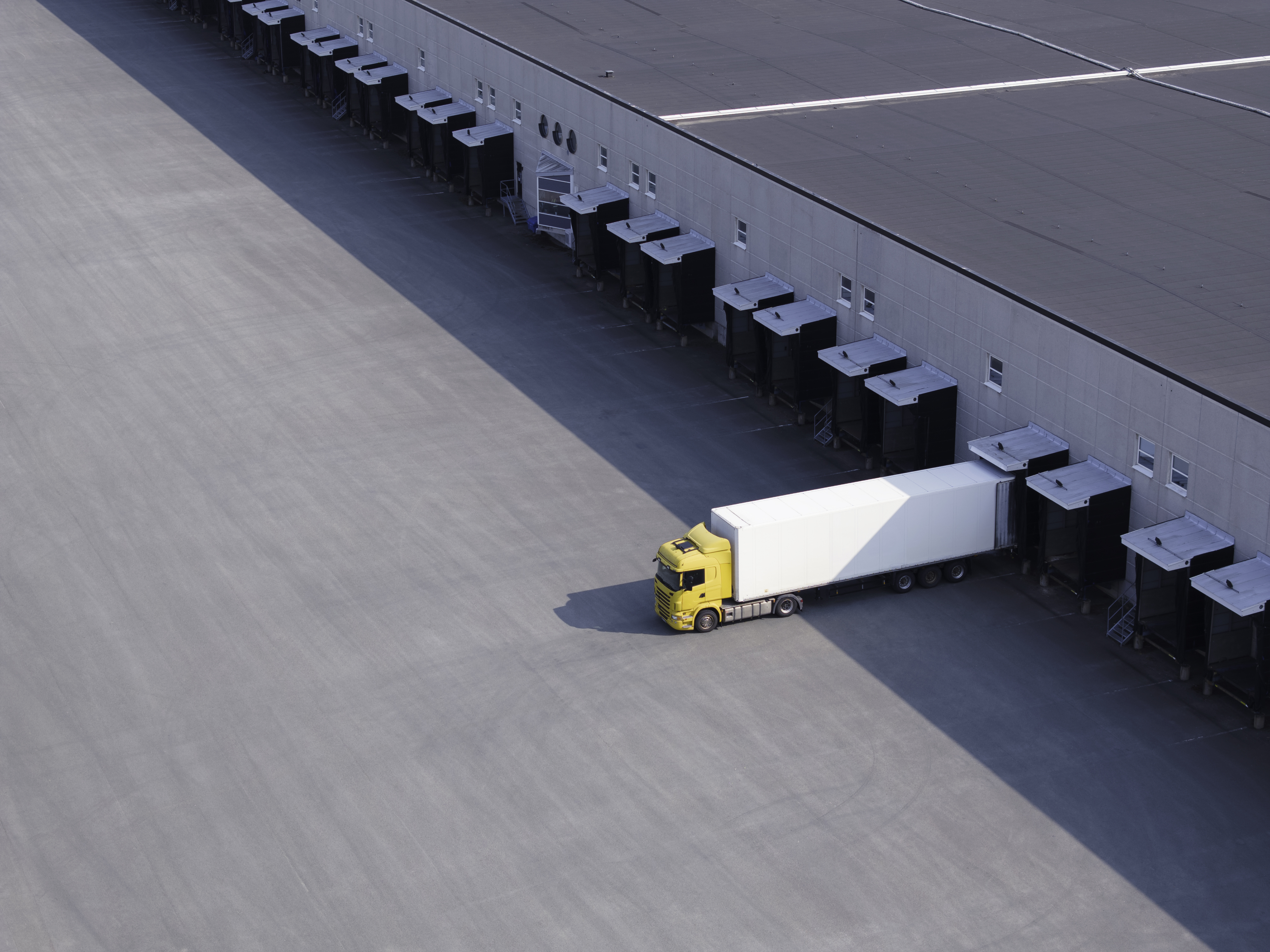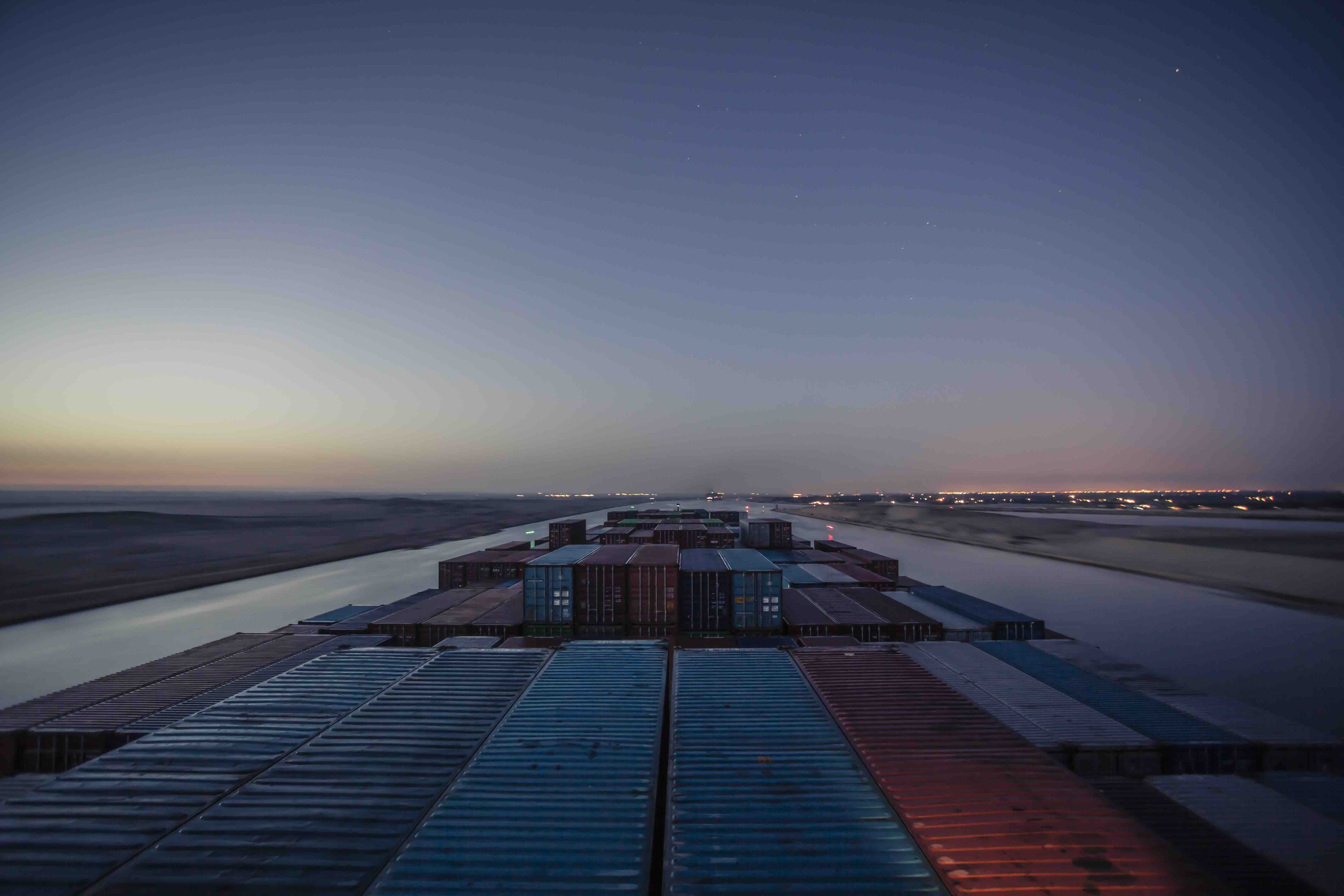
European road transport is expected to experience a slight recovery in 2025, following a notable slowdown over the past 2 years. However, economic stagnation, particularly in Germany, will limit investment growth. Cost control remains essential and the need for greening is increasing. An ideal situation for mergers and acquisitions.
Between political upheavals, disappointing economic data, and warnings on the weakness of growth, Europe has had a difficult year in 2024: in its estimates published on December 12, the European Central Bank (ECB) reported growth of 0.7% of the GDP of the euro zone in 2024 instead of the 0.8% that was still forecast in September. The growth rate is expected to increase in 2025 to 1.1%. Inflation control should also continue. According to Eurosystem services, headline inflation is projected to average 2.4% in 2024 and 2.1% in 2025.
An uncertain economic context
However, these prospects for improvement for 2025 must be put into perspective. First of all, GDP growth forecasts have been revised downwards since last September, the ECB predicted a figure of 1.3%. On the other hand, even if inflation of around 2% is for specialists an optimal figure on which to base solid growth policies, for the European consumer it is a further sign that prices will never return to their pre-Covid levels.
These factors weigh on consumer and business confidence. Thus, according to Eurostat data, consumer confidence fell for the second consecutive month in December 2024 (-1.0 points). "Consumers have become significantly more pessimistic about the general economic situation in their respective countries and their intentions to make major purchases," the European Commission points out. In contrast, consumers' views on their household's projected and past financial situation remained largely unchanged. At the same time, the Global business and consumer economic confidence indicator is below its long-term average, with a monthly fall in December 2024 of 1.7 points to 94.5 in the European Union and -1.9 points to 93.7 in the eurozone. This decline is mainly due to the decline in the industrial confidence index, which fell by 2.2 points month-on-month in December in industry. The business climate is therefore far from being at its best at the start of this year.
The geopolitical climate is hardly more favourable. Europe finds itself stuck between the United States and China on the international level and weighed down by France and Germany on the domestic level. President-elect Donald Trump's threats to impose customs duties of 10 to 20% on all imports create a lot of uncertainty for European businesses. In a December 2024 report titled European Road Ahead Special Report: Sizing Up Tariff Risks, the bank Citi estimates that the introduction of 10% tariffs with most trading partners in the first half of 2025 could reduce EU GDP by about 0.3 percentage points over two years, "while a new trade war between the US and China could double the damage in exposed countries such as Germany".
On the domestic front, the economic difficulties of the two historic components of Europe's economic backbone, France and Germany, are dragging the entire Old Continent into stagnation and paralysis. Some major European economies are faring better, particularly Spain and Poland, which are expected to have recorded growth rates above 3% in 2024 and are predicted to exceed 2% in 2025. But it is not certain that this will be enough to compensate for the difficulties of the two major European heavyweights, especially since the economic crisis is coupled with a political crisis, in both France and Germany.
Towards a slight recovery in road transport activity
The latest Transport Intelligence white paper estimates that the European road freight sector has grown by 0.9% to €428.2 billion in 2024. The weak demand for transport in Europe is reflected in German truck mileage: it fell by 3% in 2023 and contracted by 0.7% through October 2024. As Europe’s leading economy and a key transit country, Germany generally provides a good indicator of European road transport activity.
The predicted continuing improvement in the European economic situation in 2025, although slower than previously expected, suggests an increase in road freight transport activity in the course of the year. Transport Intelligence forecasts an overall increase of 2% in 2025, bringing the market to €436.9 billion. The international freight market is expected to grow by 2.4% to €133.4 billion, suggesting growing confidence in the resumption of cross-border trade. The intra-European market is expected to grow by 1.9% to €303.5 billion.
In recent years, the road transport sector has faced a significant challenge: the decorrelation between economic growth and the need for transport. During the post-Covid period, demand was strongly driven by services, which proportionally led to a drop in demand for goods, and therefore less transport of goods. To adapt, shippers have reduced their excess inventory, which has led to a further decline in transport. This phase now seems to be over.
CONTENTS
- An uncertain economic context
- Towards a slight recovery in road transport activity
- A glimmer of hope for construction
- An industry still in decline
- A structural shortage of drivers
- The inexorable rise in costs
- New regulatory obligations
- A truck market still in decline in 2024 and 2025
- Overall conditions favourable to acquisitions
Please enter your details below to download the Outlook for European Road Transport in 2025:
Our latest articles
-
5 min 12/12/2025Lire l'article
-
2025 review of road transport in Europe
Lire l'article -
Return of shipping via Suez: the surprising silence of shippers
Lire l'article


